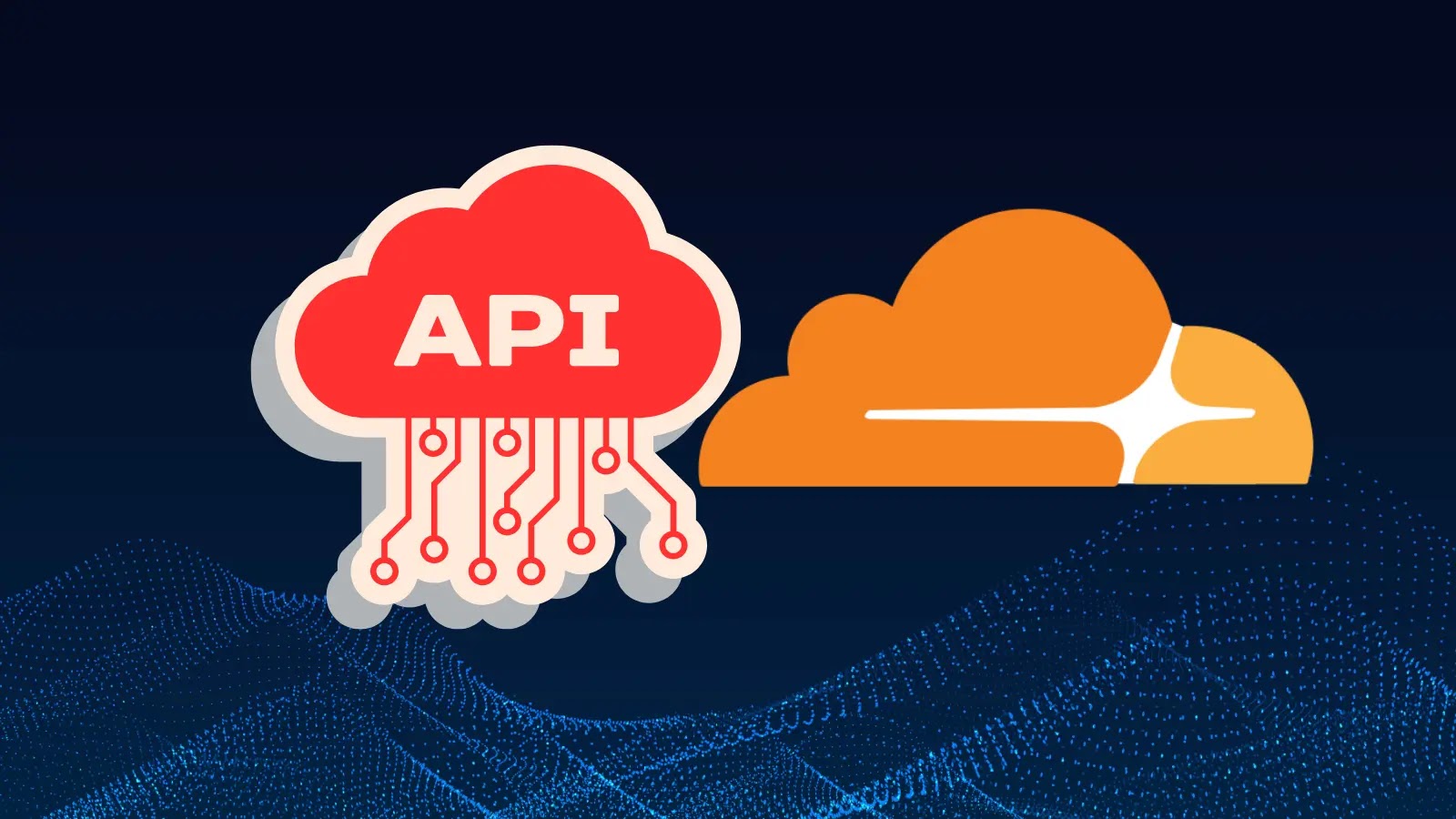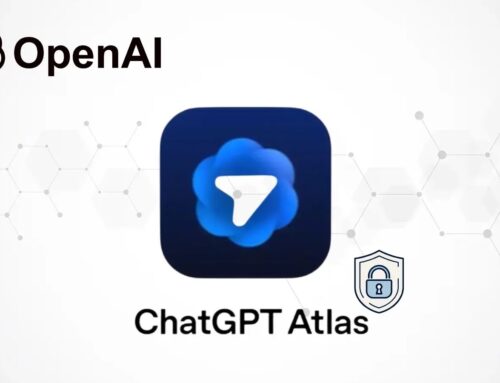
Cloudflare API Outage Linked to React useEffect Bug Causes Service Overload and Recovery Failure
Unpacking the Cloudflare API Outage: When React useEffect Met Service Overload
On September 12, 2025, Cloudflare, a foundational pillar of the internet’s infrastructure, experienced a significant outage that rendered its dashboard and APIs unavailable for over an hour. This incident sent ripples across the web, highlighting the intricate dependencies within modern, distributed systems. While relatively brief, the disruption served as a stark reminder of the potential for even seemingly minor software bugs to trigger widespread service failures. Cloudflare’s subsequent post-mortem revealed a fascinating and somewhat unexpected culprit: a software bug within their dashboard, specifically involving the React useEffect hook, interacting with a routine service update to create a catastrophic cascade.
The Anatomy of an Outage: React useEffect’s Unintended Consequences
Cloudflare’s detailed analysis pointed to a specific chain of events. The incident originated from a software bug in the Cloudflare dashboard. This bug, when combined with a regular service update, inadvertently led to a critical internal system experiencing a massive overload. The dashboard, built with React, contained a particular implementation of the useEffect hook that, under certain circumstances exacerbated by the service update, began making an excessive number of API calls.
- The React
useEffectHook: In React applications, theuseEffecthook is used to perform side effects in functional components, such as data fetching, subscriptions, or manually changing the DOM. It runs after every render of the component, by default, but can be configured to run only when specific dependencies change. - The Bug’s Impact: The precise nature of the bug involved the
useEffecthook firing more frequently or with more intensity than intended. This led to a disproportionate volume of requests hitting Cloudflare’s internal API services. - Service Update as a Catalyst: A concurrent service update likely altered the state or behavior of the internal systems in a way that amplified the effect of the dashboard bug, pushing the API infrastructure beyond its capacity.
Cascade Failure: From Dashboard Bug to API Unavailability
The excessive requests originating from the dashboard’s buggy useEffect implementation didn’t just slow things down; they initiated a full-blown cascade failure. Critical internal API systems, designed to handle a certain load, were overwhelmed by the sheer volume of legitimate and an unintended influx of API calls. This overload incapacitated Cloudflare’s capacity to manage and respond to queries, leading to the unavailability of its dashboard and vital APIs. The inability to access these crucial interfaces prevented both Cloudflare engineers and customers from monitoring or adjusting services, further complicating recovery efforts.
This scenario underscores a fundamental principle in distributed system design: even a small flaw in one component can, under the right conditions, propagate and disrupt tightly coupled systems, leading to a much larger incident. The incident did not involve a direct security vulnerability like a CVE-identified flaw (e.g., CVE-2023-45678 if it were a specific vulnerability), but rather a complex interaction of software logic and operational changes.
Recovery and Lessons Learned
Cloudflare’s engineers worked diligently to identify the root cause and restore services. The post-mortem highlighted the importance of robust monitoring, progressive rollouts for service updates, and thorough testing of client-side applications (like dashboards) under various load conditions. For developers, this incident is a powerful case study in the careful handling of React’s useEffect hook, ensuring correct dependency arrays and understanding its lifecycle to prevent unintended side effects and infinite loops of API calls.
While no specific CVE number was assigned as this was an operational bug rather than a security vulnerability, the incident emphasizes general principles of software robustness:
- Thorough Testing: Comprehensive integration and load testing can uncover unexpected interactions between components.
- Defensive Programming: Implementing rate limiting and circuit breakers at various layers can prevent single points of failure from overwhelming entire systems.
- Precise Dependency Management: In frameworks like React, strictly defining
useEffectdependencies is crucial to avoid unintended re-renders and side effects.
Remediation Actions and Best Practices for Developers and Ops Teams
This Cloudflare incident offers valuable lessons for both development and operations teams:
For Developers (React Focus):
- Master
useEffectDependencies: Always explicitly define the dependency array foruseEffect. An empty array[]means it runs once on mount, omitting it means it runs on every render, which can easily lead to performance issues or, as seen, service overloads. - Cleanup Functions: Implement cleanup functions within
useEffectfor subscriptions, timers, or other resources to prevent memory leaks and unintended behavior when components unmount or dependencies change. - Local & Integration Testing: Thoroughly test UI components that interact with APIs under various network conditions and data loads, not just happy paths.
- Rate Limiting Awareness: Understand and respect API rate limits. Design client-side applications to handle rate limit responses gracefully (e.g., using exponential backoff).
For Operations & SRE Teams:
- Granular Monitoring: Implement detailed monitoring of internal API call rates, latency, and error rates, not just external traffic. This can help detect anomalies early.
- Canary Deployments & Phased Rollouts: Never deploy major updates simultaneously across an entire infrastructure. Use canary deployments or phased rollouts to limit the blast radius of potential bugs.
- Automated & Manual Circuit Breakers: Implement automated circuit breakers and provide manual overrides to quickly isolate malfunctioning components and prevent cascade failures.
- Capacity Planning: Continuously review and adjust capacity planning based on observed load patterns and potential surges.
Key Takeaways from the Cloudflare API Outage
The Cloudflare API outage of September 12, 2025, serves as a powerful reminder that stability in complex systems is always a continuous effort. A confluence of a specific software bug in a client-side application (Cloudflare’s dashboard using React’s useEffect) and a routine service update created an environment ripe for cascade failure. This incident was not a security breach, but an operational one, highlighting the critical importance of rigorous testing, robust monitoring, and a deep understanding of how client-side applications interact with backend services. For any organization relying on or building complex web infrastructure, the lessons from Cloudflare’s experience are invaluable for ensuring resilience and preventing future disruptions.





